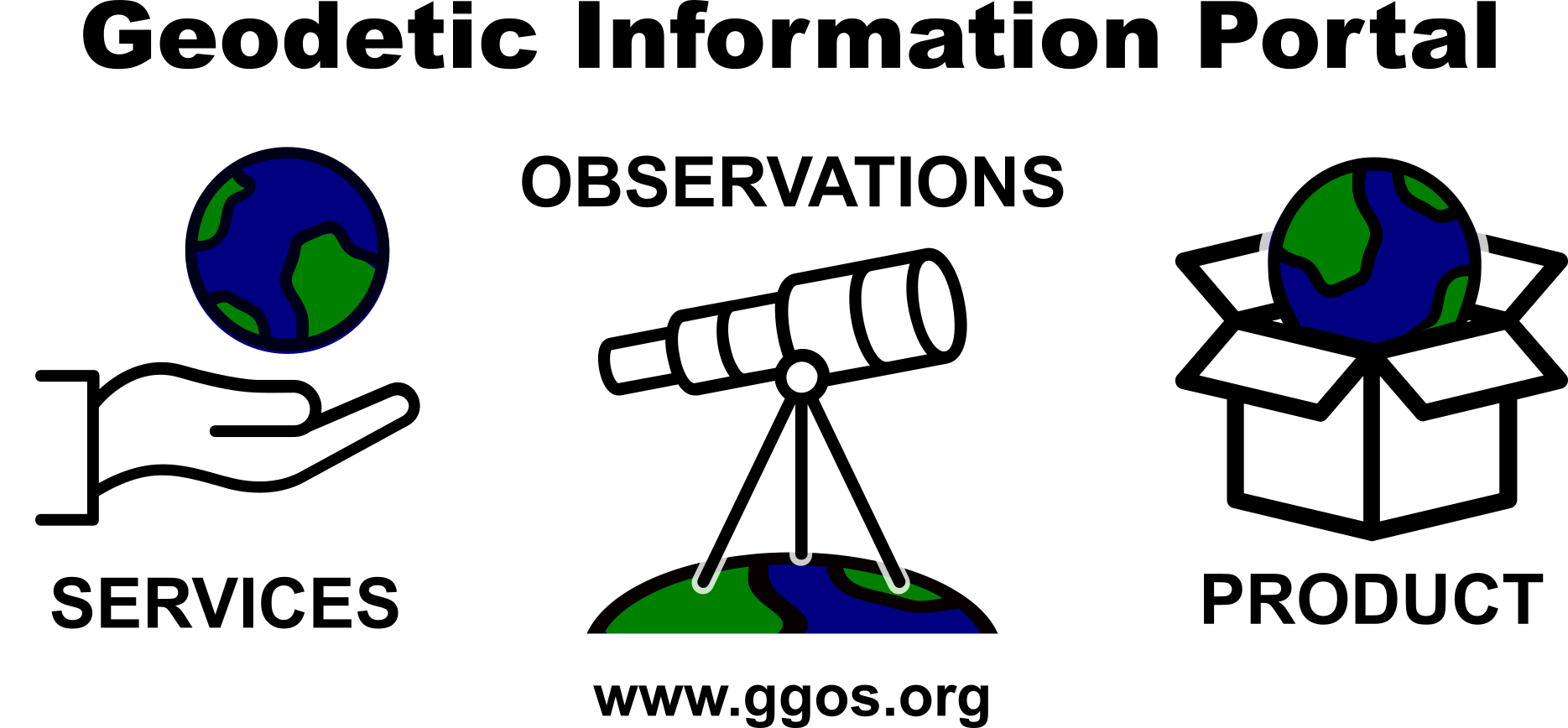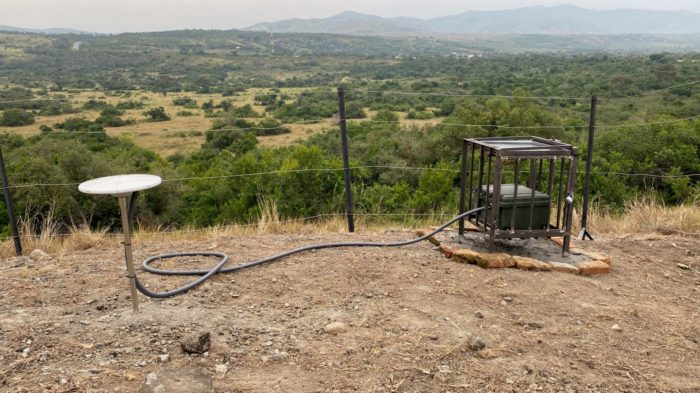A remarkably large number of papers and proposals have sentences like “this study is critical to better project future sea-level rise” in their introduction. Most times this is just marketing to trick reviewers and program managers into believing the work is important. On the other hand, geodetic papers and proposals have some compelling reasons to use this statement: a lot of geodetic tech ...[Read More]
Geodesy 101 Literature
During this year’s EGU General Assembly (GA) we held the first Geodesy 101 Short Course, where we gave an introduction to satellite gravimetry, GNSS processing and geodetic reference frames. We want to thank all of you who attended in-person or virtually, and made the short course a great experience! Please provide us feedback, if you have attended the short course here. At the GA, we were only ab ...[Read More]
The comprehensive Geodetic Information Portal of GGOS
The Global Geodetic Observing System (GGOS) of the International Association of Geodesy (IAG) is a collaborative contribution of the global geodesy community to the observation and monitoring of the Earth System. Geodesy is the science of determining the shape of the Earth, its gravity field, and its rotation as functions of time. Essential to reaching this goal are stable and consistent geodetic ...[Read More]
Geodesists on Tour: GNSS measurements in East Africa
Africa hosts the world’s most extensive subaerial rift system on Earth known as the East African Rift System (EARS). It stretches over 5000 km from the Red Sea and Gulf of Aden intersection in the north to the Southwest Indian Spreading Ridge south of South Africa. East-West, the EARS spans the eastern border of the Democratic Republic of Congo across to eastern Madagascar over 3000 km. The ...[Read More]




